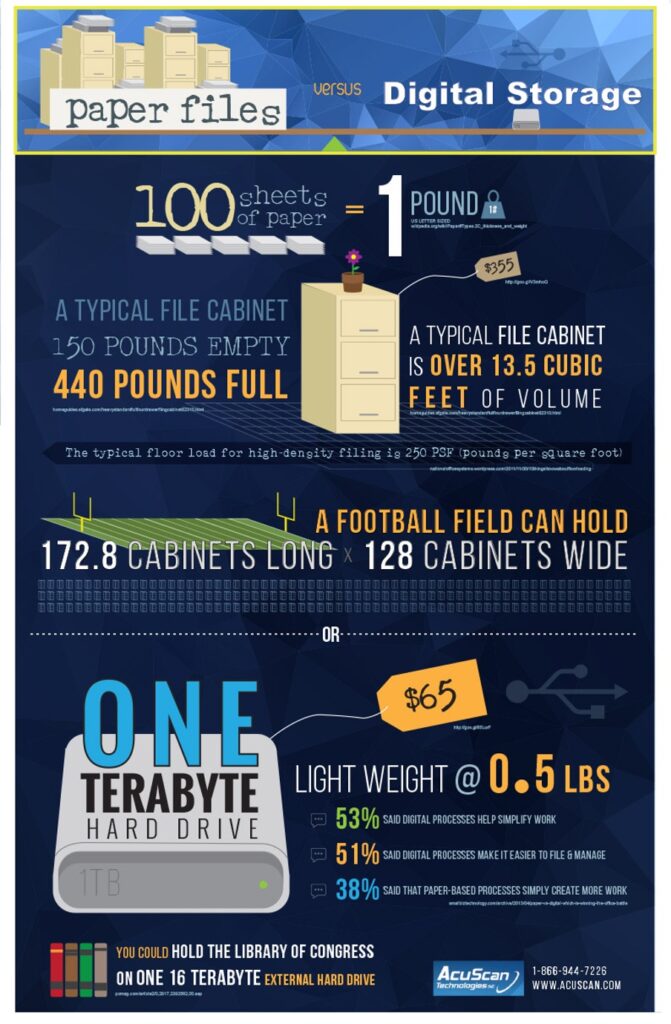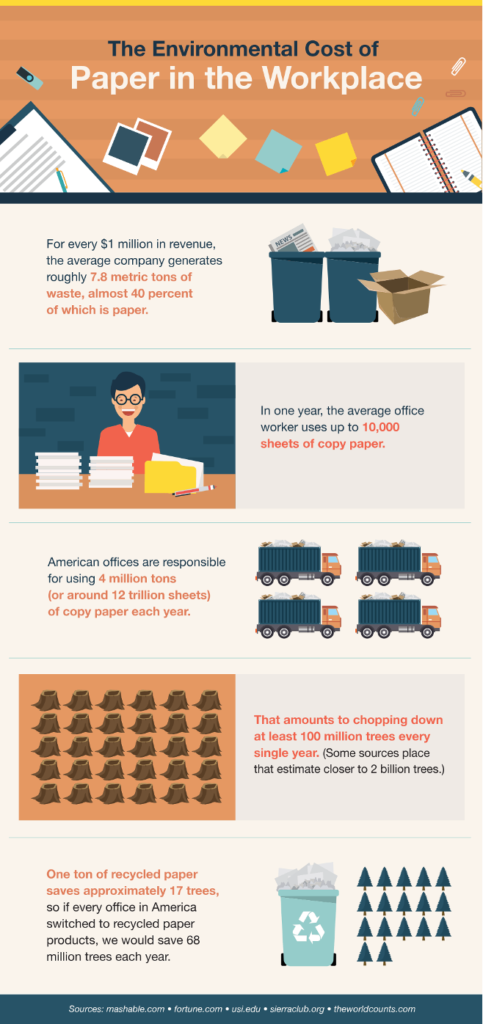As the world becomes more mobile and digital, businesses are impacted by these technologies in a way that’s never been before. The digital landscape has opened a lot of doors for businesses to improve the way they operate, scale processes, become more efficient and ultimately serve their customers better. Digitisation, for one, is an increasingly important aspect of operating a business in this age.
Digitisation encompasses different processes where information is converted into a computer-readable format, and one way to do this is document scanning. Document scanning is basically digitising physical documents. Through the use of a scanning device (a mobile phone camera, a scanner etc), hard copy documents are converted into a digital format for more efficient storage, security, and management. Many organizations specifically benefit from document scanning (HR, Government organisations etc).
Where is it beneficial:
Libraries, government offices, museums, and universities naturally turn to document scanning to preserve and archive historical documents and records in a way that prevents natural degradation and aging. Industries such as architectural firms and construction companies rely on large format document scanning to keep records of blueprints, architectural drawings, and construction plans for whenever they need them.
Law firms and medical organizations accumulate large amounts of paperwork too, and document scanning allows them to file these important legal and medical records and store them for future use. But regardless of the industry, document scanning is an increasingly important part of digitisation as companies move towards becoming “paperless”.
Here are some of the most important benefits of document scanning.
1. Faster searchability
Hardcopy documents are simply difficult to sort and manage. Searching for information is like finding diamond in a haystack, especially if you’re looking for it from piles of paper stored in filing cabinets and collected through the years. Using a search functionality, sorting through digital files takes a matter of seconds, especially when your digital files are organized and managed properly.
2. Improved accessibility
With the use of computer networks, digital documents are accessible through various devices within your company’s system, whether you’re using desktop computers, laptops, tablets, or even smartphones. No need to carry a pile of paperwork in your brief case. You don’t even have to be in your building’s storage room to locate pages of information. Wherever you are in the world, you can access your digital files from literally the palm of your hands.
3. Reclaimed physical space
Imagine all the space your company can save if you have a digital filing system instead of having stacks of paper on your office desk or dumped into boxes. Where once an office space is occupied with filing cabinets from wall to wall, now these documents can be stored in virtual folders accessible by any computer or mobile device. (Fun fact: Information stored
on one USB can replace nearly 30 filing cabinets. ) Although in some cases, hard copy documents are still important, as in the case of legacy documents, contracts, invoices, among others, making digital copies of this information is even more essential as it preserves them for future use.

4. Cost efficiency
While digitisation is an investment in itself, scanning documents cuts overhead costs in various ways. The cost of printing, photocopying, or buying paper, for example, is significantly reduced. The cost of physical space and maintenance is also removed. But more importantly, a lot of hours are removed when trying to find and access files, which cuts significant hours off your day-to-day work. With a more streamlined process of organizing and archiving documents, you’re able to free up more time to focus on more important aspects of your business.
5. Increased productivity
Digitisation, in general, impacts communication, collaboration, and automation, which are all essential in the grand scheme of things. Digital scanning directly impacts productivity in a sense that it saves employees a lot of time finding, processing, and passing around information. Indirectly, freeing up physical space in your office is liberating as well.
6. Enhanced security
There are many ways in which physical documents are at risk. From unexpected disasters (like fire or flooding) to human error (like misplacing or losing documents) to natural aging (like paper degrading or ink fading out), physical documents are vulnerable beyond your control. Scanning paper documents allows you to back them up multiple times, in your computer, your gadgets, or in the cloud. This gives you the assurance that your data is preserved for years and years to come.
7. Reduced duplication
Often times, we end up with multiple copies of the same document – copies made for peace of mind, backup etc. All of this goes away with digitisation – a single copy stored centrally is sufficient for as many reuses as you want.
With a proper document management system, an organisation can control wastage of space and resources due to unnecessary duplication, manage multiple versions of the same document, and control access remotely – it is both a security and optimal usage at its best.
8. Environment
Ofcourse the more paper we use, the more it impacts the environment. Paper is made from trees. The process of producing paper is rather unoptimized – and a lot of wastage of natural resources occurs in the process.



